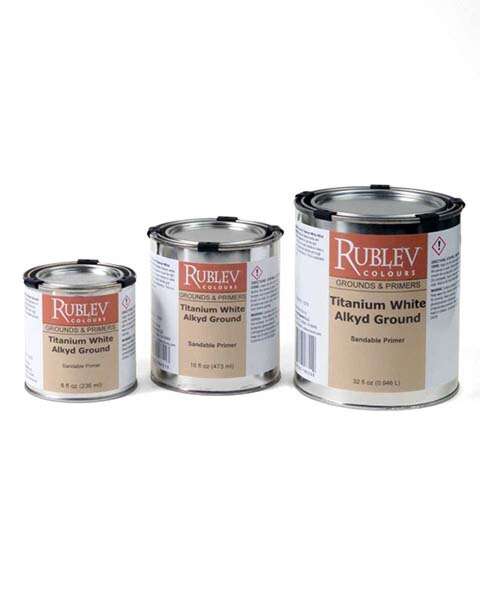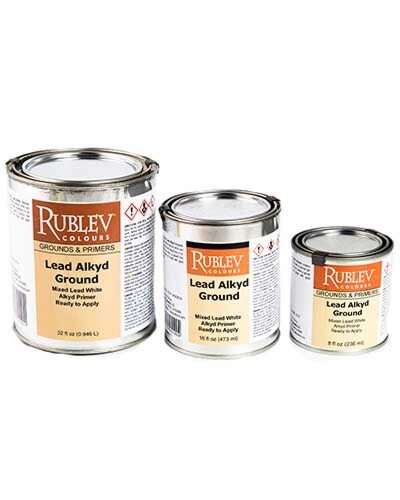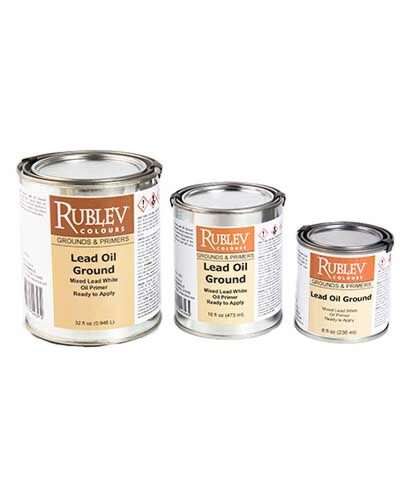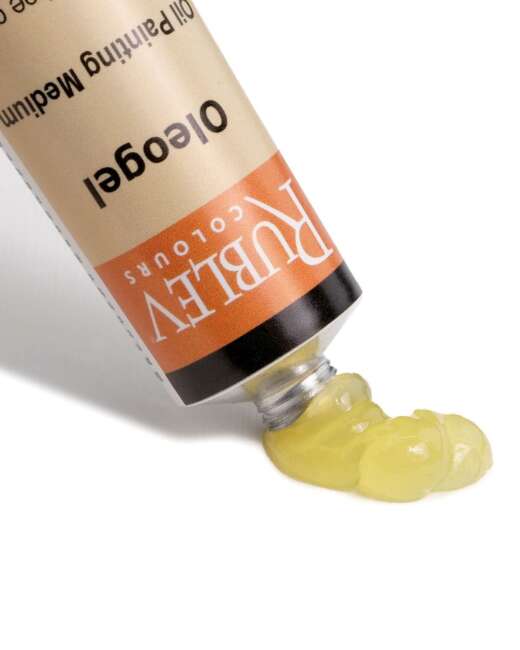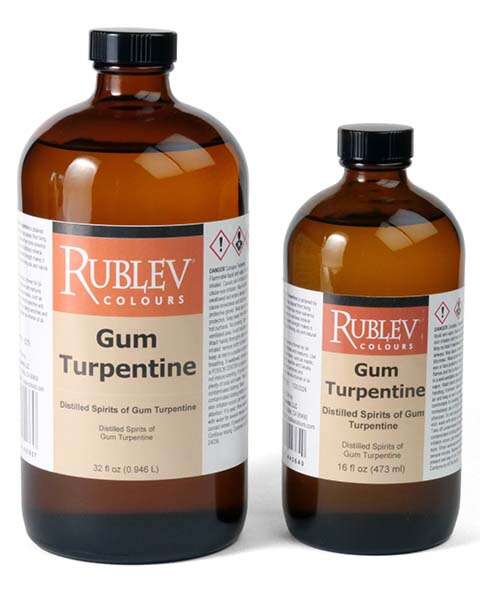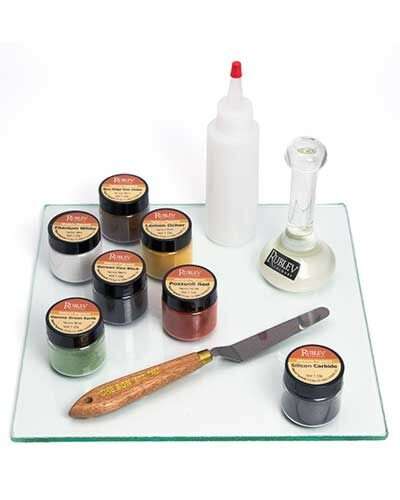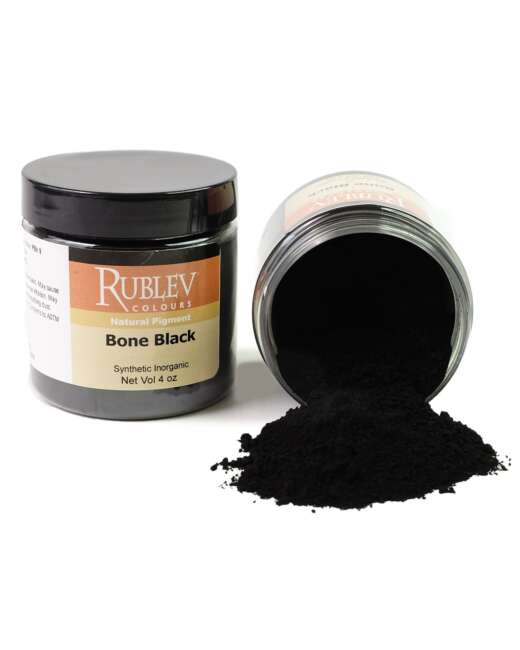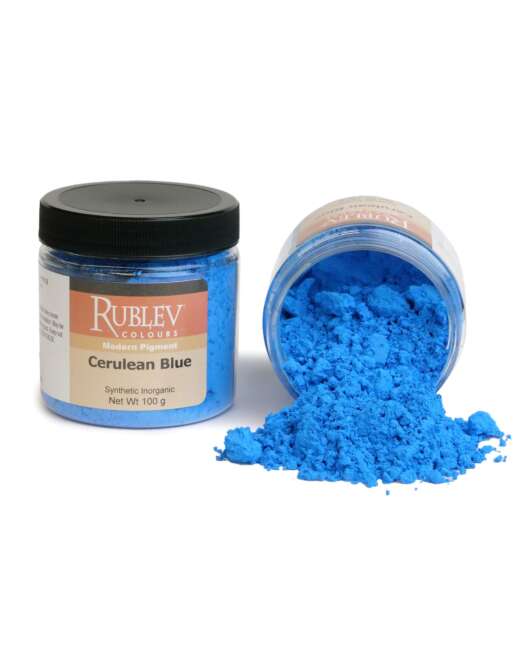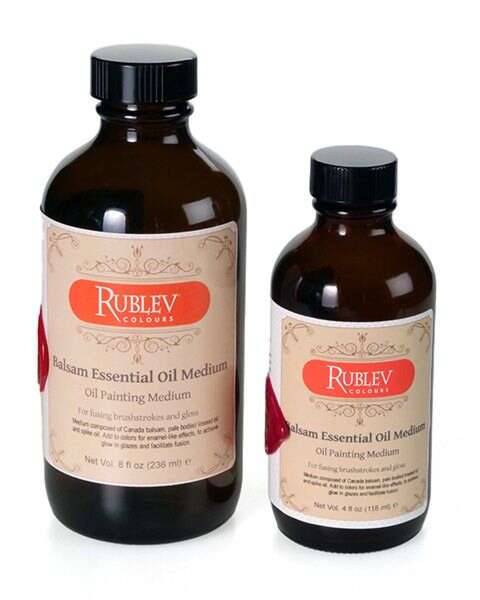Van Gogh used many other pigments in his art, including chrome yellow, cobalt blue, and emerald green.
Revealing the Colors of Van Gogh's Art: The Fascinating World of Pigments and Color Techniques

Vincent Van Gogh, a Dutch Post-Impressionist painter, is widely known for his vivid and bold use of color in his paintings. His works have been the subject of extensive analysis and research, focusing on the pigments he used to create his art. In this article, we will explore the pigments Van Gogh used in his paintings, their properties, and how they contributed to the overall aesthetic of his art.
During his brief but intense career, Vincent Van Gogh was a prolific painter who produced over 2,000 artworks, including oil paintings, watercolors, and drawings. He had a unique way of using color to convey emotions and moods, which has made him one of the most revered artists of all time. Van Gogh was fascinated by color and spent considerable time experimenting with different pigments to create his artwork.
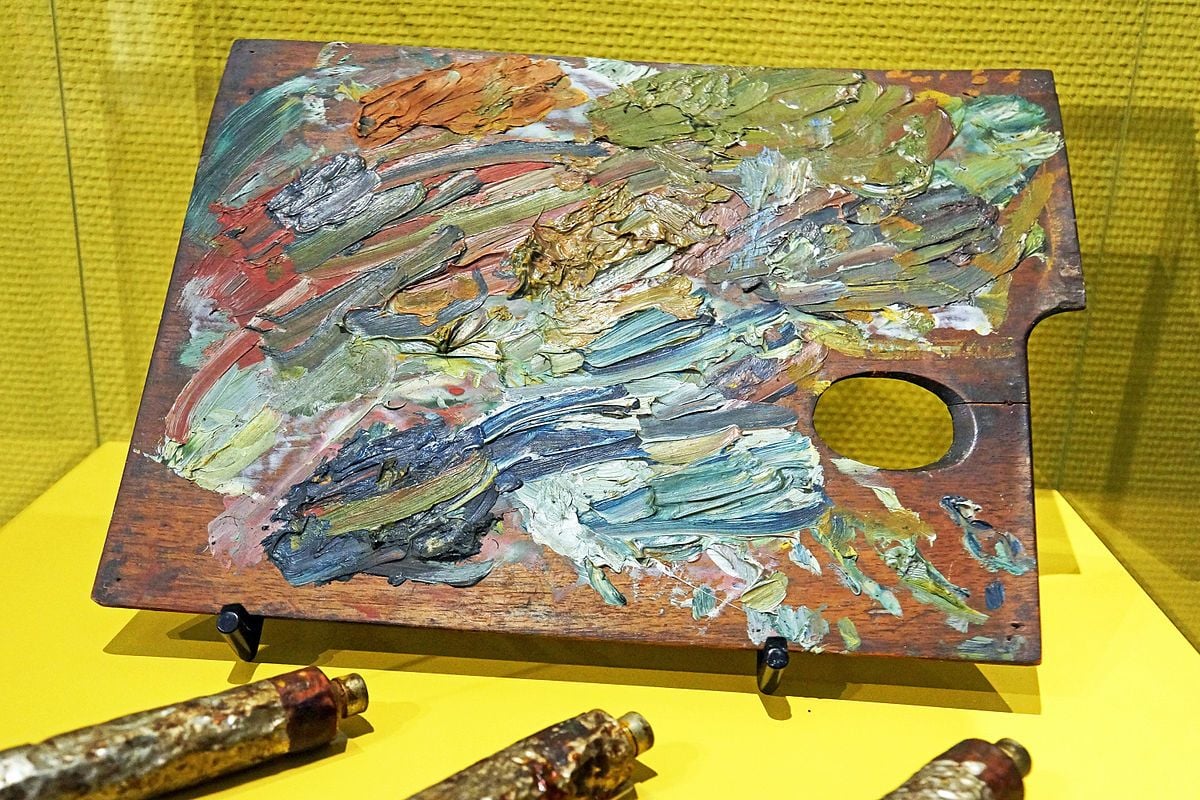
Van Gogh's palette and tubes of paint.
The Pigments Van Gogh Used
Van Gogh used a variety of pigments in his paintings, including both natural and synthetic materials. Some of the most commonly used pigments in his art are:
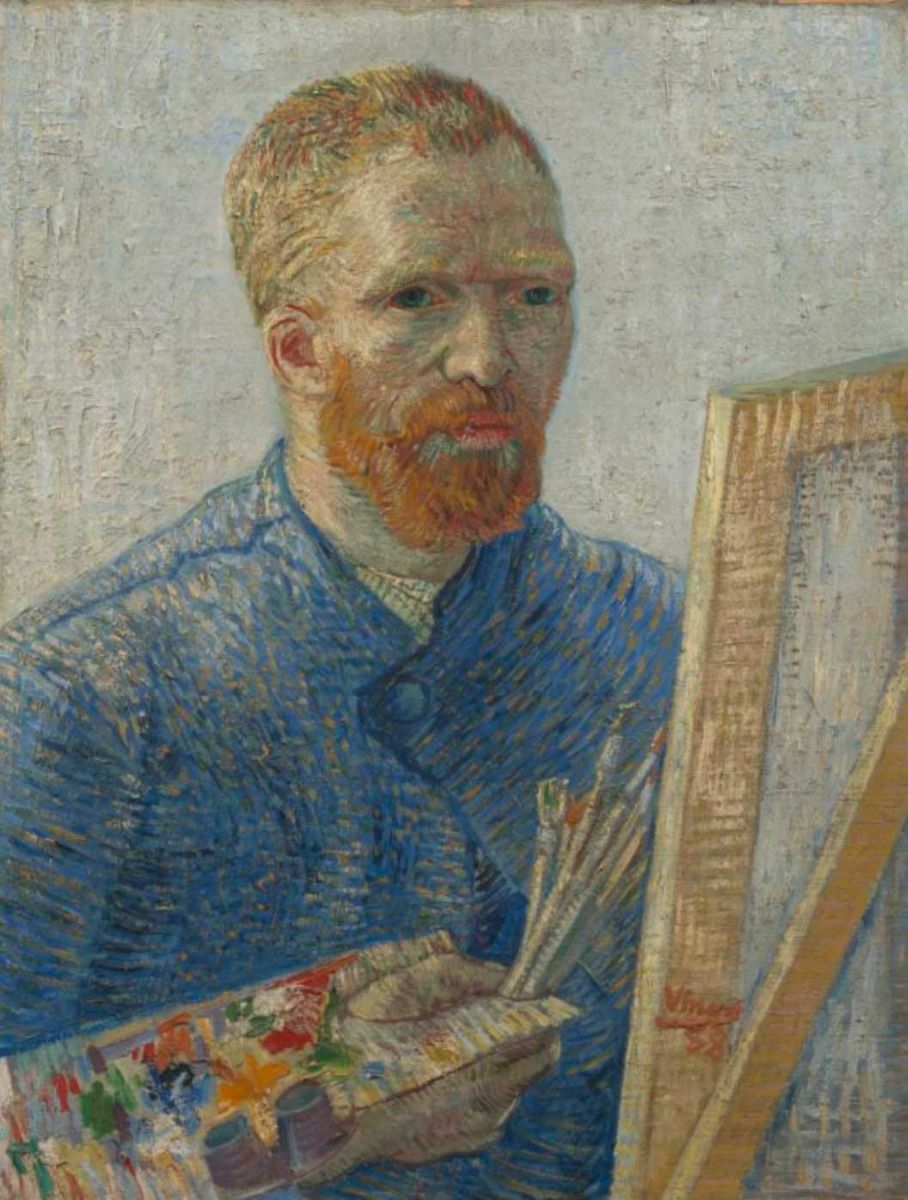
In this colorful self-portrait, Van Gogh presented himself as a contemporary artist. The primary indicator of this was his use of modern colors, but he also used a new painting technique that had become popular among the Impressionists and Pointillists: painting in dots and dashes. In a letter to his youngest sister, Willemien van Gogh, he described the colors he used in this portrait:
Here’s an impression of mine, which is the result of a portrait that I painted in the mirror, and which Theo has: a pink-grey face with green eyes, ash-colored hair, wrinkles in the forehead and around the mouth, stiffly wooden, a very red beard, quite unkempt and sad, but the lips are full, a blue smock of coarse linen, and a palette with lemon yellow, vermilion, Veronese green, cobalt blue, in short, all the colors, except the orange beard, on the palette, the only whole colors, though.
Ultramarine Blue
Ultramarine blue is a natural pigment that Van Gogh used to create the deep, rich blues in his paintings. It is made from ground lapis lazuli and has been used by artists for centuries.
Prussian Blue
Prussian blue is a synthetic pigment that Van Gogh used to create the deep, rich blues in his paintings. He used it in many famous works, including "Starry Night" and "Café Terrace at Night."
Yellow Ochre
Yellow ochre is a natural earth pigment that Van Gogh frequently used in his paintings. He used a warm, golden-yellow color to create vibrant, sun-drenched landscapes in his art.
Cadmium Yellow
Cadmium yellow is a bright, intense yellow pigment that Van Gogh used to create the vivid sunflowers in his art. It is a synthetic pigment that was first developed in the mid-19th century.
Chrome Yellow
Chrome yellow is a bright, lemon-yellow pigment that Van Gogh used in his paintings. It is a synthetic pigment that was first developed in the mid-19th century.
Vermilion
Vermilion is a bright red pigment that Van Gogh used to create the vibrant reds in his paintings. It is a synthetic pigment that was first developed in ancient Rome.
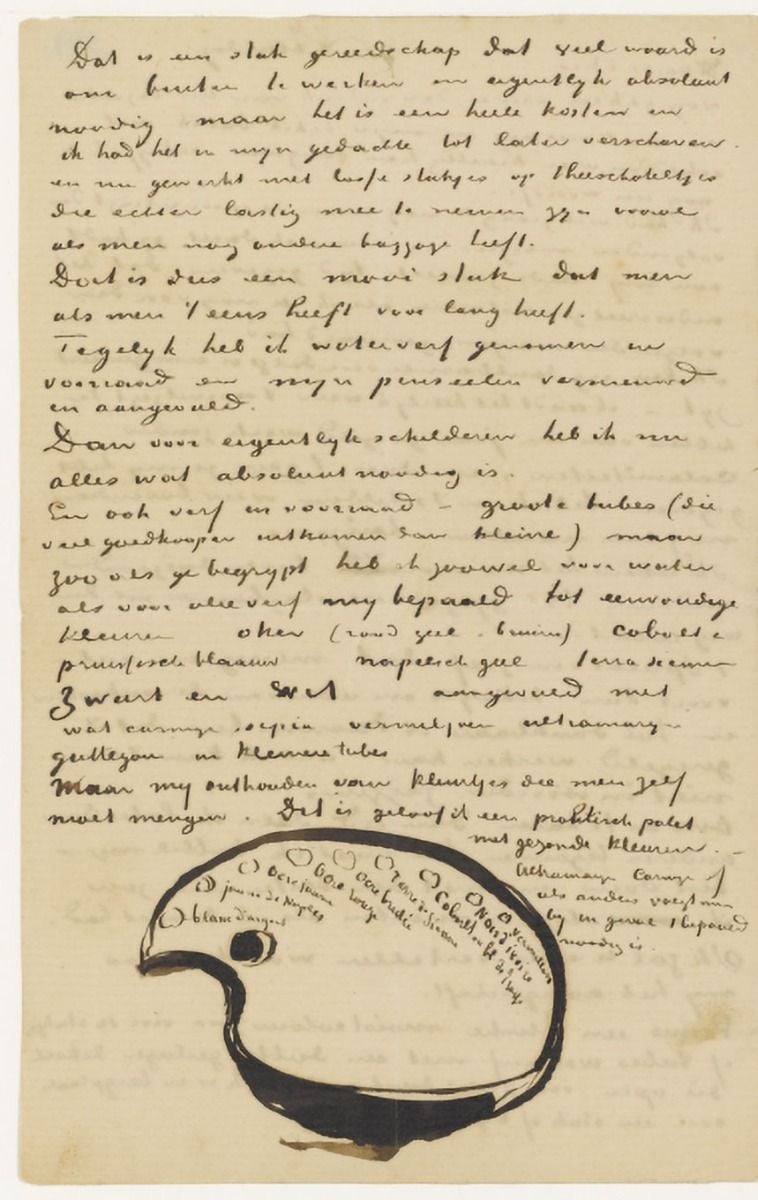
Facsimile of letter to Theo van Gogh, dated August 5, 1882, with a sketch of his palette.
In a letter to his brother Theo, he described the colors he had bought and had drawn a sketch of his palette:
Moreover, I now have all the essentials for proper painting.
And a supply of paint—big tubes (which work out much cheaper than small ones), but you will understand that I’ve limited myself to simple colors in both watercolor and oil: ochre (red, yellow, brown), cobalt and Prussian blue, Naples yellow, terra sienna, black and white, supplemented with some carmine, sepia, vermilion, ultramarine, gamboge in smaller tubes.
But I refrained from buying colours one ought to mix oneself.
I believe this is a practical palette with sound colours. Ultramarine, carmine or something else are added if absolutely necessary.
He lists the colors in Dutch in the letter, but the sketch lists the colors in French. This may suggest he was either buying supplies of French paint, or the Dutch colormen used the names established by the French. He lists the colors on the sketch of the palette as follows (from left to right):
- blanc d'argent (transliterated white of silver—lead white)
- jaune de naples (Naples yellow)
- ocre jaune (yellow ochre)
- ocre rouge (red ochre)
- ocre brûlée (brown ochre)
- terre de sienne (raw Sienna)
- cobalt ou bleu de prusse (cobalt blue or Prussian blue)
- noir d'ivoire (ivory black)
- vermillon (vermilion)
How Pigments Contributed to Van Gogh's Art
The pigments that Van Gogh used in his paintings were crucial to the overall aesthetic of his art. He used color to convey emotions and moods, and his pigments were carefully chosen to achieve specific effects.
For example, Van Gogh used yellow ochre to create warm, golden tones in his landscapes, conveying tranquility and peacefulness. He used Prussian blue to create the deep, rich blues in his night scenes, which conveyed a sense of mystery and wonder. He used vermilion to create vibrant reds in his paintings, conveying passion and energy.
Van Gogh's use of color and pigments in his art was crucial in creating his masterpieces. His careful selection of pigments helped him achieve the specific effects he desired, and his use of color to convey emotions and moods has made him one of the most revered artists ever.
Frequently Asked Questions
What other pigments did Van Gogh use in his paintings?
Did Van Gogh mix pigments to create new colors?
Yes, Van Gogh often mixed pigments to create new colors and achieve specific effects in his paintings. For example, he mixed cadmium yellow and vermilion to create a bright orange color for his sunflowers.
Were the pigments Van Gogh used safe for his health?
Many of the pigments Van Gogh used in his paintings were toxic and could have been harmful to his health. For example, lead white, which was commonly used in oil paints at the time, can cause lead poisoning if ingested or if the powdered pigment is inhaled.
How have scientists studied the pigments Van Gogh used?
Scientists have used various methods to study the pigments in Van Gogh's paintings, including X-ray fluorescence spectroscopy, infrared reflectography, and high-performance liquid chromatography.
Why is Van Gogh's use of color and pigments so significant?
Van Gogh's use of color and pigments was revolutionary in the art world, and his paintings continue to inspire and captivate people today. His bold and expressive use of color helped to pave the way for the development of modern art.
References
- Bremmer, Rolf. “Vincent van Gogh’s Use of Color.” Van Gogh Museum Journal 1997 (1997): 16-37. Accessed February 23, 2023. https://www.jstor.org/stable/20715612.
- Naugle, Robert L. “Van Gogh’s Use of Color.” Art Journal 28, no. 3 (1969): 303-305. Accessed February 23, 2023. doi:10.2307/774726.
- Van der Snickt, Geert, Koen Janssens, Frederik Vanmeert, Ella Hendriks, and Louis van Tilborgh. "A Closer Look at Vincent van Gogh's Painting Technique." Applied Physics A 92, no. 4 (2008): 863-869. Accessed February 23, 2023. doi:10.1007/s00339-008-4745-5.
- Van Gogh, Vincent. “Letter 516 to Theo van Gogh. Arles, Thursday, July 5, 1888.” Van Gogh Letters. Last modified September 15, 2017. Accessed February 23, 2023. https://vangoghletters.org/vg/letters/let516/letter.html.
- Van Gogh, Vincent. "Letter 580 to Anthon van Rappard. Arles, on or about Thursday, November 8, 1888.” Van Gogh Letters. Last modified September 15, 2017. Accessed February 23, 2023. https://vangoghletters.org/vg/letters/let580/letter.html.
- Van Gogh, Vincent. “Letter 612 to Emile Bernard. Arles, Thursday, May 30, 1889.” Van Gogh Letters. Last modified September 15, 2017. Accessed February 23, 2023. https://vangoghletters.org/vg/letters/let612/letter.html.
- Van Gogh, Vincent. “Letter to Willemien van Gogh. Arles, between Saturday, 16 and Wednesday, June 20, 1888.” Van Gogh Letters. Last modified September 15, 2017. Accessed February 23, 2023.
- Van Gogh’s use of Colors. Pigments and Palette. Accessed March 12, 2023. http://www.vangoghreproductions.com/art-techniques/palette.html.
- What Type of Paint Did Van Gogh Use? Van Gogh Museum. Accessed March 12, 2023. https://www.vangoghmuseum.nl/en/art-and-stories/vincent-van-gogh-faq/what-type-of-paint-did-van-gogh-use.
- Rotgans, Monica. Van Gogh PR ignores the painter’s Palette. Colour - Pigments - Art. February 21, 2021. Accessed March 12, 2023. https://colour-pigments-art.monicarotgans.nl/2021/02/21/van-gogh-pr-overruling-the-painters-work/?lang=en.
- Van Gogh, Vincent. “Letter to Theo van Gogh, The Hague, Saturday, August 5, 1882.” Van Gogh Letters. Accessed March 12, 2023. http://www.vangoghletters.org/vg/letters/let253/letter.html.



